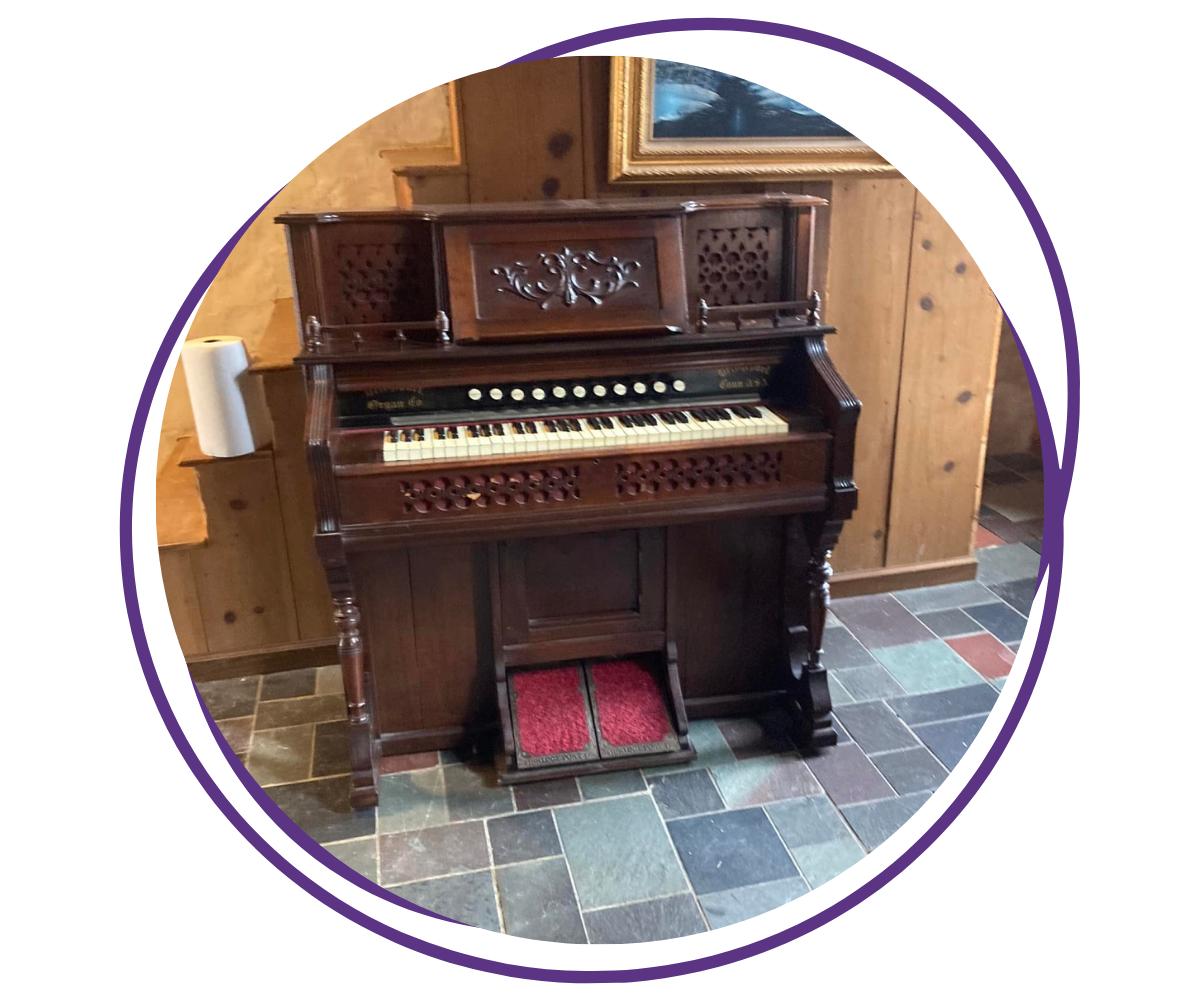A Manual for Safe and Fluid Piano Moving
Bryan Bloom • May 14, 2024

Moving a piano is not a simple job. The complexity arises principally from the unique physical attributes of a piano: immense weight, irregular shape, and robust yet delicate nature. With weight ranging between 400 and 1200 pounds and up to 9 feet in length for grand pianos, it's no surprise that this task is exceptionally challenging. Not to mention upright pianos, whose compact size provides a false impression of simplicity in moving them, while they silently conceal all the issues that their weightier counterparts hold.
Here's why you should consider professional piano movers: 1. Expertise: Piano moving is not merely about muscle strength; it requires precision, delicacy, and an informed understanding of the piano mechanism. 2. Equipment: Unlike regular furniture, moving a piano necessitates specialized equipment like piano dollies, skid boards, straps and padding, which professional movers have easy access to. 3. Insurance: Professional piano movers offer insurance coverages for your piano, safeguarding you against unforeseen damages occurring during the move. When choosing a professional piano moving company, lookout for certain credentials such as relevant experience, positive customer testimonials, and whether they provide appropriate insurances.
Importance of Professional Piano Movers
The peculiarities of a piano call for a specialty moving approach that deviates significantly from conventional moving practices, making it important to employ professional piano movers. Trained specifically to handle piano moving, these professionals carry a thorough understanding of the piano anatomy and the skills needed for safe transportation.Here's why you should consider professional piano movers: 1. Expertise: Piano moving is not merely about muscle strength; it requires precision, delicacy, and an informed understanding of the piano mechanism. 2. Equipment: Unlike regular furniture, moving a piano necessitates specialized equipment like piano dollies, skid boards, straps and padding, which professional movers have easy access to. 3. Insurance: Professional piano movers offer insurance coverages for your piano, safeguarding you against unforeseen damages occurring during the move. When choosing a professional piano moving company, lookout for certain credentials such as relevant experience, positive customer testimonials, and whether they provide appropriate insurances.



